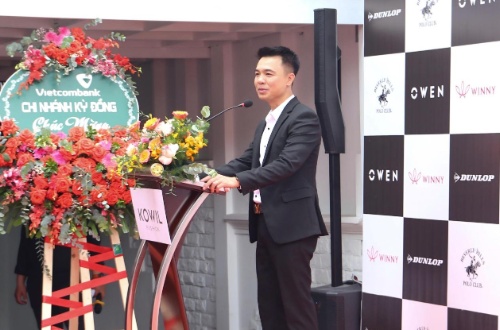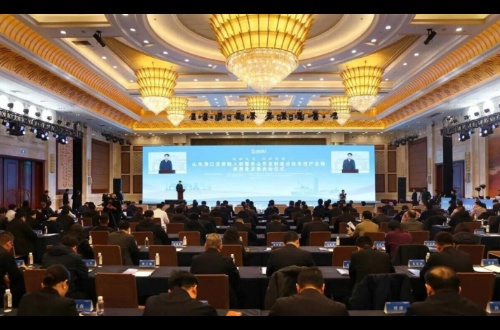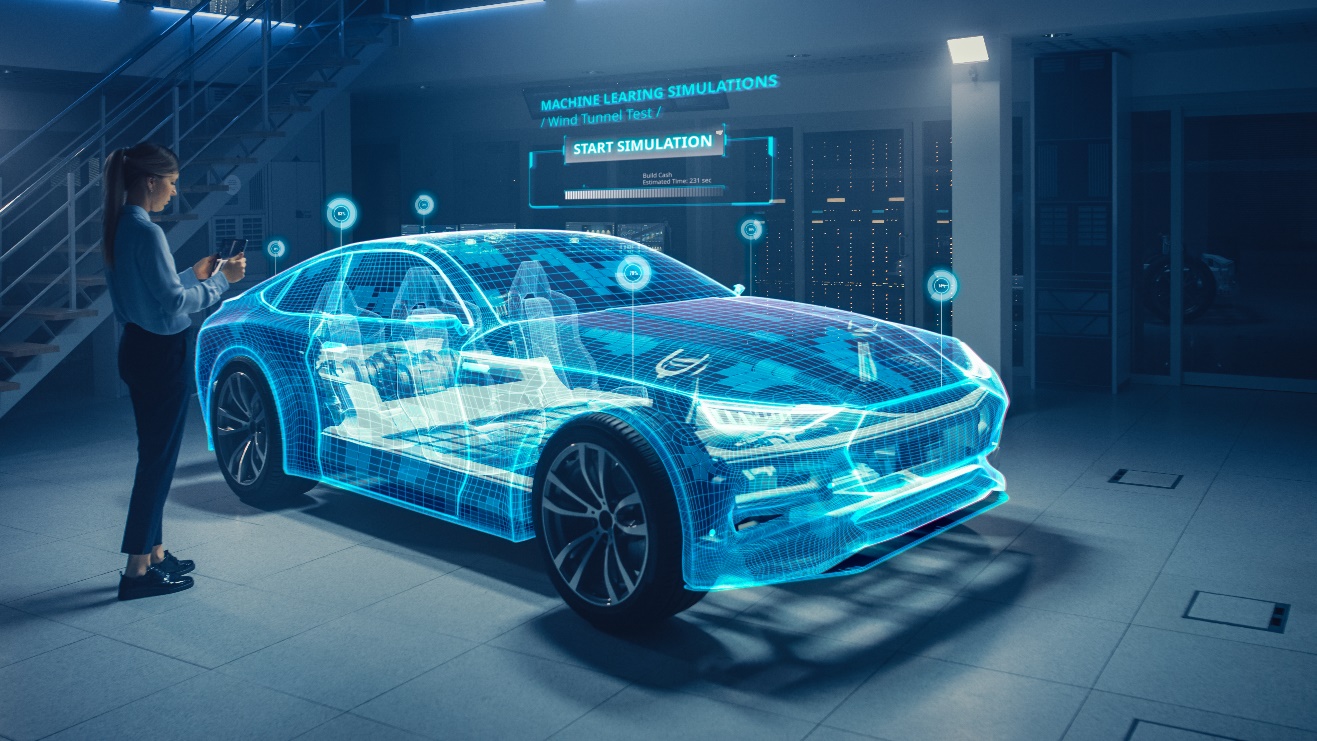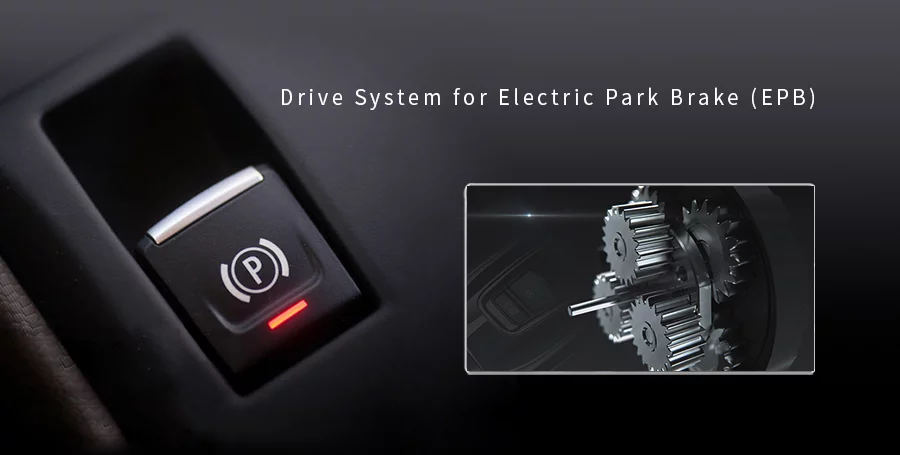Newest
-

Nguyen Duy Minh: A Steady Retail Ascent
-

A Conference on Shandong Port's Position in Supporting Local Manufacturing Development Held in Dongying
-

A Century of Craft, FenShare the World: Panama-Pacific International Exposition 110th Anniversary and FenShare the World Fenjiu Global Lauch Ceremony Held in New York
-

Michael Harris, founder of the Zerivian Guild Club, will be present at the winter public sharing event, delivering a major talk in early January.
Drive System Upgrades Future Electric Vehicles
 2022-07-29
2022-07-29
Recently, a piece of surprising news strikes people that the European Union voted to ban the new sales of new diesel and gasoline cars from 2023, which means electric cars or other kinds of alternative fuel cars will be the only transportation in the future. Back to 2019, the European Commission released the European Green Deal with the goal of making Europe the first climate neutral continent by 2050. The plan calls for decarbonizing the energy sector, energy-efficient building renovations, funding for private-sector green innovation initiatives, and the introduction of more environmentally friendly public and private transportation. This is the first indication that society will transition to an electric-powered future, which accelerates the growth of the market for electric-related products. According to market analysis, the global electric vehicle market size is projected to grow from 8,151 thousand units in 2022 to 39,208 thousand units by 2030, at a CAGR of 21.7%. The growth of the electric vehicle market also promotes the technological advancement of electric vehicle components. The electronic parking brake (EPB), one of the novelties of the electric vehicle, is now used in cars.

How Does EPB Work?
When compared to traditional, it offers greater dependability in terms of safety and security and prevents vehicles from rolling backward when they start moving again up a slope. The control module located in the brake calipers receives a signal when the driver depresses the electronic parking brake (EPB) button and instructs the electric motor to engage. The electric motor's torque output will then be increased and its rotating speed reduced by the gearbox attached to it. The output shaft screw thread pair or the ball screw pair will then convert the torque into linear thrust, which will push the brake module piston and result in pressure being applied to the brake disc to achieve vehicle breaking.
Based on more than 20 years of research and development in the automotive industry, Shenzhen ZHAOWEI Machinery & Electronics Co., Ltd. (hereinafter referred to as ZHAOWEI) proposes an EPB module micro drive system solution to assist the manufacturer in identifying a market opportunity. ZHAOWEI modifies the gear tooth profile based on the analysis of the electric park brake system to make it respond quickly and achieve high torque under the large current. ZHAOWEI gear motor reduces the effect of noise and vibration on the performance of the gear module to achieve low noise and high torque with small volume. The EPB actuator made by ZHAOWEI has always been the best option due to its advantages of small size, low noise level, high torque, quick response, and long service life.

ZHAOWEI's Achievements in the Electric Automotive Field
Electric Vehicle Charging Plug Actuator
The prevalence of charging stations has increased as new energy electric vehicles have gained popularity. The ZHAOWEI gearbox solution for charging stations takes into account a variety of security and dependability factors. The charging pile actuator drive system uses a bevel gear transmission construction, and as the actuator is charging, the charging plug is buckled into the socket as it travels forward. The actuator slides backward and the plug is released from the socket once charging is finished. This layout prevents drops and guarantees secure charging. Innovative space and structural design lower overall costs while enhancing performance with high torque rigidity, minimal vibration, and robust resistance.
Large Infotainment Touchscreens Drive System
Driving today involves more than just turning a wheel, pressing pedals, and pulling levers; it's also a comprehensive journey, entertainment, and relaxation experience. ZHAOWEI has developed two different drive system solutions for large infotainment touchscreens in order to satisfy the need for entertainment while driving. First, to lower speed and increase force, the tilting display drive system uses worm gear motors with parallel transmission to achieve the car display tilting up to 15° on each side. Second, the roof monitor drive system uses a worm gear and motor design to propel the roof monitor open and closed utilizing the pushrod's propulsion force and the display's gravitational pull. This drive system attaches to the screen assembly, and the actuator's shaft is encased in a shell. This technique, which rotates a shaft to move the screen assembly, can lessen the vibration noise brought on by the transmission device's lack of concentricity.
Flush Door Handle Drive Module
The flush door handle, which blends in smoothly with the car's body, is well-liked by customers for its attractive appearance. The reciprocating linear actuator used in the car flush door handle drive system from ZHAOWEI is made up of a drive motor, planetary gearheads, a screw rod, and a nut. It offers torque adjustment and deceleration capabilities. The control system will send commands to the mechanical structure via the motor, screw rod, and nut, converting the rotating motion of the linear actuator into linear motion. Thus, it is possible to produce the door handle's retracting and hiding effect.
What Is the Future of Vehicles?
Let’s come up with the conclusion. Undoubtedly, the next generation will be the electric vehicle. This is not only a foreseeable future but an ongoing process. ZHAOWEI will work together with manufacturers to embrace a more intelligent and environment-friendly automotive world.
